It was a remarkable display of unity for a political party famous for its tendency to form a circular firing squad. In between 2:00 PM EST on July 21, when it became known that President Joe Biden would not run again, and 9:48 PM EST on July 22, when the Associated Press announced that Vice President Kamala Harris had the support of enough convention delegates to win the nomination—the oldest political party in the world replaced the nominee chosen in the primaries.
How did that happen?
The story unfolds on two levels. During the approximately three weeks between President Biden’s fatal debate and his decision to drop out of the race, the Biden campaign attempted a reset. In a much-anticipated press conference following the NATO Summit in Washington, Biden failed to erase the impression that he was simply too old for the job even though he spoke intelligently about complex foreign policy issues.
During this period, people familiar with the Democratic Party rules pointed out that Rule 13J of the delegate selection rules contained a loophole that would allow convention delegates to vote for whoever they wanted to vote for; just because Biden had won the vast majority of delegates didn’t mean the delegates were stuck with him.
And during this period, congressional leaders, worried about how the collapse of support for Biden would affect their own candidates, engaged in nonstop, intense conversations about how to get Biden out of the race. On July 2, Rep. Jim Clyburn (D-S.C.), dean of the black congressional delegation, announced that he would support Harris if Biden stepped aside.
It was a not-so-subtle warning to anyone thinking of challenging Harris that Black elected officials would not take kindly to challenges to a Black Vice President from white elected officials, but it also acknowledged the reality that Biden should consider stepping aside. On July 10, Sen. Peter Welch (D-Vt.) was the first United States Senator to call for Biden to drop out. He did it in an article in the Washington Post, which was respectful of the President but also argued out loud what almost everyone else was thinking—for the good of the country, Biden had to go. On that same day, former Speaker of the House Nancy Pelosi gave an interview on MSNBC where she said “It’s up to Biden to decide if he’s going to run. Whatever he decides we go with.” Following firm statements from the White House that Biden would in fact run, this was widely interpreted as Pelosi saying Biden should not run.
During those three weeks, pundits came up with ways to hold a “mini primary” or some process by which the party could replace Biden. While interesting and creative, these plans all had the same flaws; the party already had a process for replacing Biden—it was called the Democratic National Convention. There was simply no time to organize any pre-convention activities, and no one else seemed interested in running for the Democratic nomination.
And so…on to the untold portion of the story.
By the time of Biden’s debate fiasco, all 50 states plus territories had finished electing their delegates to the convention. The delegates had all been elected, either in open meetings in their congressional districts, at a state convention, or, in some states, on the ballot. They too had been having the same conversations as every other Democrat in the country—should Biden run, and if not, who should? The views of these 3,770 pledged delegates were largely ignored by the press even though they vastly outnumbered the 749 automatic delegates (representatives, senators, governors, DNC members, etc.) who were getting the most attention. The press was so focused on the congressional party that no one tried polling the very group that would control the decision.
In all but 11 states, the state delegation chair was the chair of the Democratic Party. The state chairs are a close bunch, organized under the rubric of the Association of State Democratic Parties (ASDC) and headed by the Minnesota State Chair, Ken Martin. According to Martin, during the three weeks between the debate and Biden’s decision, the state party chairs, like their congressional counterparts, stuck by Biden publicly but they kept their ears to the ground and picked up the fact that “folks were getting restless.” On Friday, July 19, Martin pulled together a virtual meeting of the ASDC’s Executive committee, consisting of about 50 state chairs, vice chairs, and executive directors. This group, unlike those floating alternative systems, are the people who actually put together the nomination system. They send out the notices, set the filing deadlines, choose the school gyms and union halls where meetings will be held, adjudicate the disputes, and do the million other tasks needed to constitute a democratically elected convention. They knew better than most that it was simply too late to run a mini primary. They agreed that if Biden didn’t run, they would reconvene the entire ASDC and whip their delegates to endorse Harris. As Martin put it, “There was no time for a family food fight.”
On the night of July 21, hours after Biden’s decision to drop out became public, Martin called a virtual meeting of all 180 state chairs, vice chairs, and executive directors where they decided to poll their delegations with the expectation that Harris would receive all the support.
At 4:00 PM Central Time, Tennessee became the first state to pledge delegates to Harris. Seventy delegates joined a Zoom call and voted unanimously to endorse Harris. While two delegates did not attend the call (former Vice President Al Gore and Rep. Steve Cohen), they had already publicly expressed their support for the vice president. Metro Nashville School Board member and delegate Freda Player spoke in favor of Harris.
Later that evening, South Carolina became the second state to pledge its 55 delegates to Harris.
That same evening, North Carolina’s 116 delegates joined a virtual “emergency meeting” led by Anderson Clayton, the chair of the North Carolina Democratic Party and unanimously endorsed Harris, thus becoming the third state to pledge delegates to Harris. Delegates also expressed support for Gov. Roy Cooper as the vice-presidential nominee.
By the end of the night, New Hampshire, Florida, Louisiana, Guam, and Alaska had also endorsed Harris.
By the end of the next day, July 22, 25 states had endorsed Harris, and the Associated Press announced that she had enough votes to secure the nomination on a first ballot. By 9:00 PM on July 24, the elected officials followed and 100% of the Democratic governors, 96% of Democratic senators, and 94% of Democratic representatives endorsed Harris.
Why was the consensus around Harris so fast? Certainly, lack of time played a role, as did the absence of any serious challenger. But one other factor was at play. As I know from personal experience, having worked for Vice President Al Gore, vice presidents have a heck of a time getting press coverage. They do the hard and unglamorous work for their president and their party, attending the state party conventions and the Jefferson-Jackson Day dinners and speaking to reporters in secondary or tertiary markets. But the party activists who regularly turn out for their events are the same people who run for delegate slots at the convention and get out the vote in elections. For much of the public, Kamala Harris was the 2020 candidate who dropped out before the first primary, but for many of the people in Ken Martin’s world, she was a more mature candidate and a familiar and welcome presence.
That is how Harris achieved a modern political miracle.
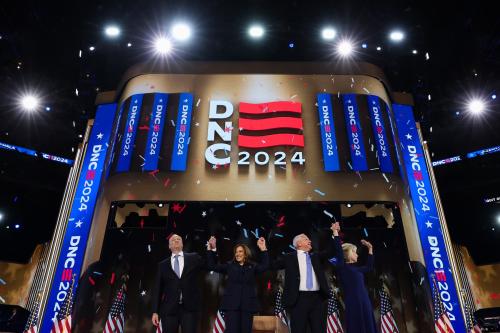
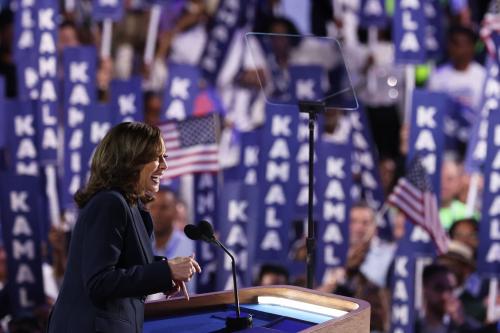
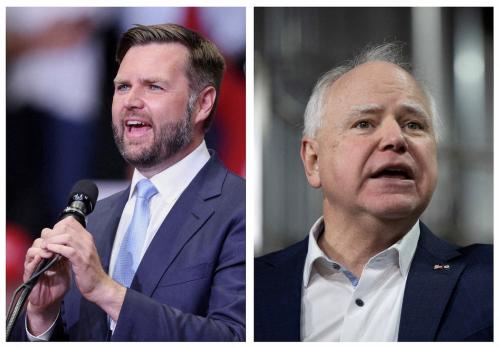

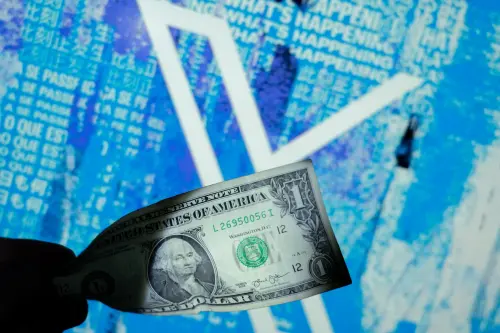
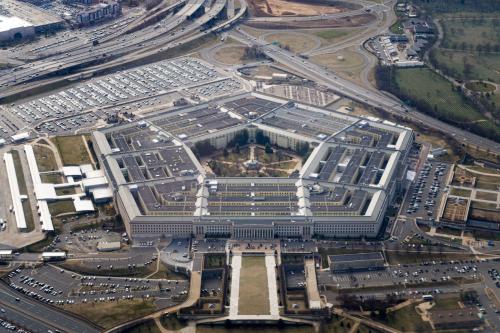

Commentary
How did Kamala Harris wrap up the Democratic nomination in 32 hours?
September 3, 2024